|
Henry Alken, Jnr
(1810 - 1894)
Title: The Meet
Technique: Oil on canvas
Signature: Not present
Dimensions: 46 x 61 cm
Frame: Wooden, gesso moulded, gilded gold
Treatment: October β December 2006
CONDITION REPORT
SECONDARY SUPPORT: The wooden stretcher has 4 members, and all 8 keys are still present. The overall condition is sound. This appears to be the original stretcher.
PRIMARY SUPPORT: The primary support is an unlined Winsor and Newton canvas. The canvas stamp reads
Winsor & Newton
Artists Colour Linen
Toβ¦β¦β¦β¦β¦.th
& hr Princeβ¦β¦.rt
38 Rathbone Place
There is one canvas patch that measures 35 x 55 mm and this is seen on the upper left hand side.
GROUND: The ground extends around the tacking margins and is cream in colour. This is to be expected as it is a commercially-prepared canvas. The ground is lifting in a tenting-pattern in the lower half of the painting.
PAINT LAYER: The artist has applied his paint thinly with slight impasto in the highlights. The paint layer, like the ground, is lifting in a tenting-pattern in the lower half of the painting. Fine localized age-crack patterns can be seen. Overpaint is only seen in the area of the tear repair.
VARNISH LAYER: The natural resin varnish layer is discoloured and a layer of surface dirt covers this. This is not the original varnish as the painting has been previously restored.
TREATMENT CARRIED OUT
A photographic record was taken and this was maintained throughout the treatment.
Consolidation of the tenting-pattern was carried out.
Tests were carried out to remove the surface dirt and this was removed using the appropriately selected reagent.
Following tests including a safety margin-cleaning test, an organic solvent was selected to remove the discoloured varnish layer safely and effectively. Cleaning proceeded using a swab stick.
Dirt was removed from between the canvas and the stretcher bar and the back of the canvas was cleaned.
An isolating conservation-varnish was applied. Small localized losses were retouched and a final varnish applied.
The frame, both front and back, were cleaned, small losses filled and coloured and the painting was secured in its frame using brass plates.
|
|
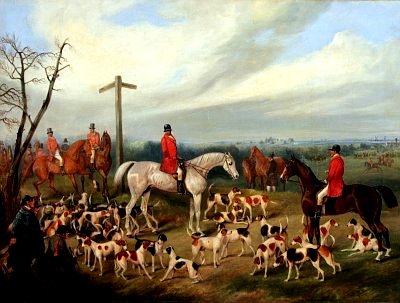
Whole front, before treatment
|
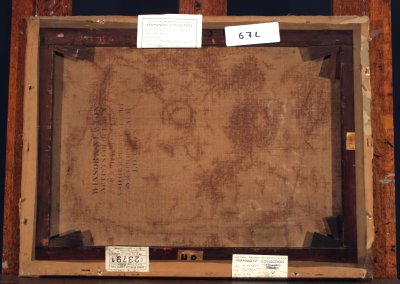
Whole back, before treatment
|
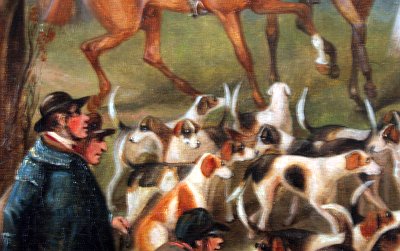
Detail
|
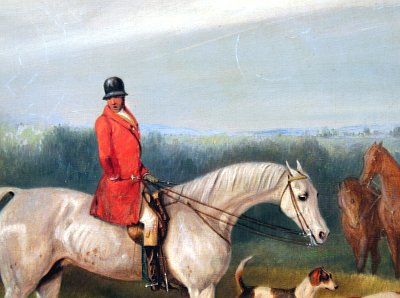
Detail
|
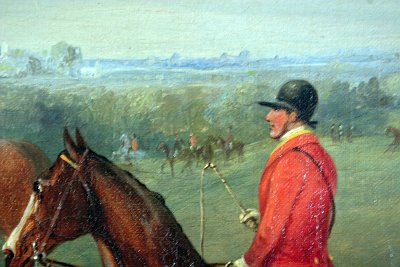
Detail
|
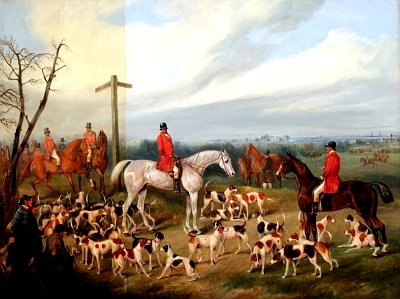
Whole front, during surface dirt and varnish removal
|
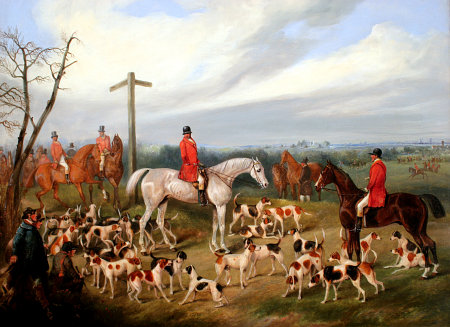
Whole front, after treatment
|
|







